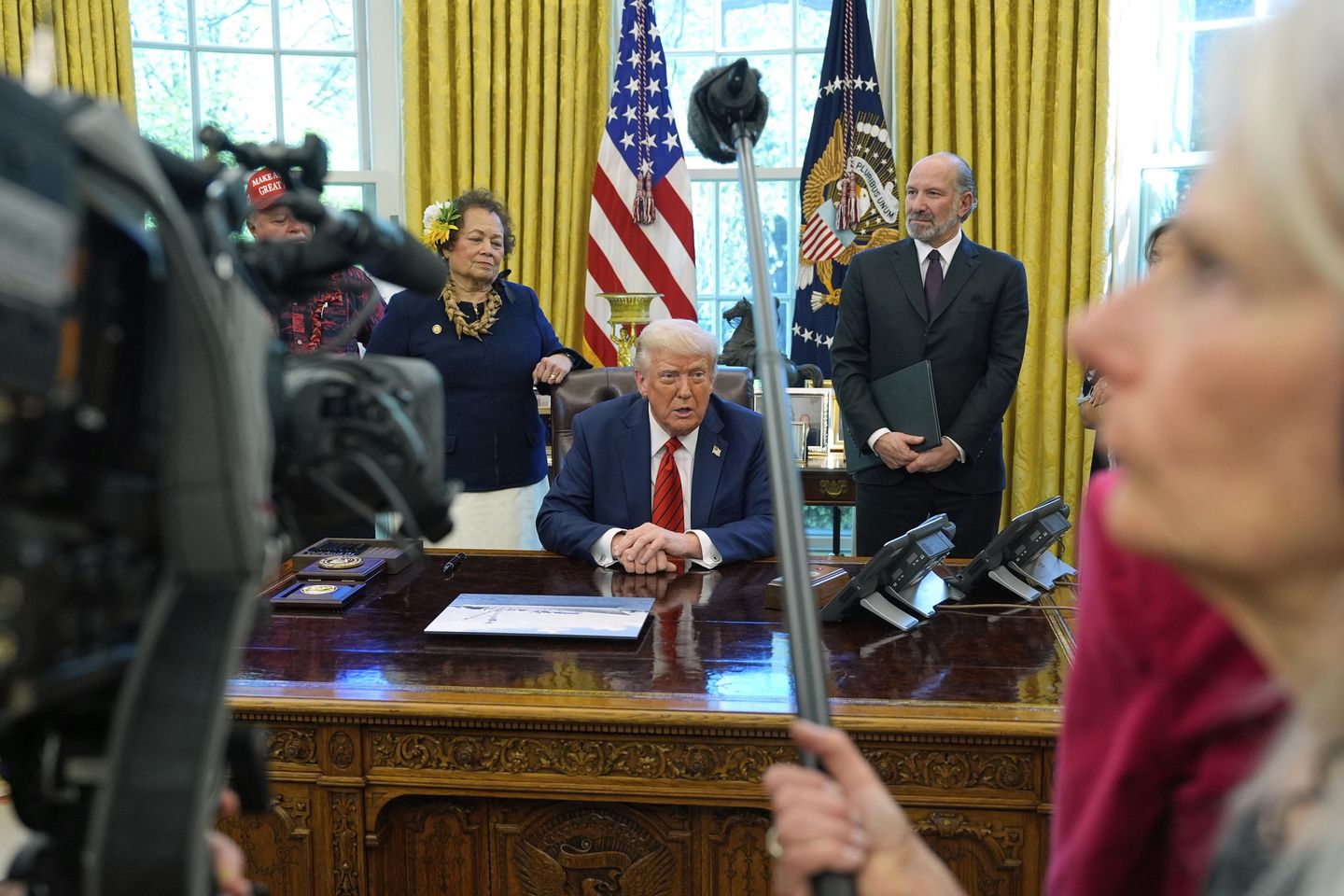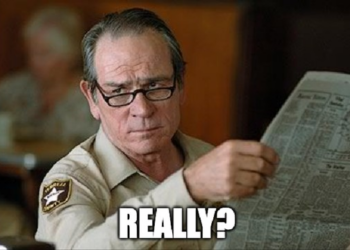
President Trump extended the federal hiring freeze with a memorandum Thursday, pushing it until July, as his administration continues its slashing of government spending.
A fact sheet put out by the White House called the move “a critical step in shrinking the federal government and ensuring taxpayer dollars are used efficiently.”
“The American people elected President Trump to drain the swamp and end ineffective government programs that empower government without achieving measurable results,” it said.
The hiring freeze stops federal agencies from filling vacant positions or creating any new ones. The only exceptions are for immigration enforcement, national security or public safety positions.
The freeze is now through July 15, and once that is up, agencies will still only be able to hire one employee for every four that leave.
Mr. Trump first implemented the hiring freeze through executive order on his first day in office, and it was set to expire on Sunday.
“The president will usher in a Golden Age for America by reforming and improving the government bureaucracy to work for the American people,” the administration said in January. “He will freeze bureaucrat hiring except in essential areas to end the onslaught of useless and overpaid DEI activists buried into the federal workforce.”
The hiring freeze mirrors an initiative Mr. Trump took at the beginning of his first term. A memorandum he signed in January 2017 put a freeze on federal government hiring except for military and other positions that were deemed necessary.
Since January, several federal agencies have been turned upside down with mass firings, while others have been liquidated altogether by the work of Elon Musk, whom Mr. Trump made the head of the Department of Government Efficiency.
According to a tracker by The New York Times, roughly 56,000 positions have been cut, while another 76,000 federal workers took buyouts. Nearly 150,000 more positions are planned to be on the chopping block.
Agencies like the U.S. Agency for International Development and Voice of America have been completely drained. The Department of Education has been reduced by nearly 50%, and the Health and Human Services Department by roughly 24%.
Other agencies that have faced 10% reductions or up include the National Science Foundation, the Consumer Financial Protection Bureau, the Internal Revenue Service and Energy Department, among others.
“In the last two years of the Biden Administration, government was directly responsible for the creation of more than 1 in every 4 jobs,” the White House fact sheet said. “President Trump is committed to reversing this trend by prioritizing private-sector job growth and reducing the federal workforce to focus on essential functions.”
Mr. Trump began his new term by ordering federal employees to go back to work in person, after years of work-from-home policies left much of the government’s Washington office buildings vacant, or risk being fired.
“We don’t want them to work from home because as everyone knows most of the time they’re not working, they’re not very productive and it’s unfair to the millions of people in the United States who are in fact working hard from job sites and not from their home,” Mr. Trump said in January.
The Supreme Court last week blocked a lower court order for the Trump administration to reinstate thousands of federal workers who lost their jobs in mass firings.
The justices made the ruling in the administration’s emergency appeal of a ruling by a California judge that ordered 16,000 probationary employees at six different federal agencies to be reinstated while a lawsuit runs its course.


![NYC Tourist Helicopter Falls into Hudson River, Siemens Executive and Family Among Those Killed [WATCH]](https://www.right2024.com/wp-content/uploads/2025/04/NYC-Tourist-Helicopter-Falls-into-Hudson-River-Siemens-Executive-and-350x250.jpg)






![Green Day’s Cringe Trump Diss Ends in Fire and Evacuation [WATCH]](https://www.right2024.com/wp-content/uploads/2025/04/Green-Days-Cringe-Trump-Diss-Ends-in-Fire-and-Evacuation-350x250.jpg)
![Red Sox Fan Makes the ‘Catch of the Day’ with Unconventional ‘Glove’ [WATCH]](https://www.right2024.com/wp-content/uploads/2025/04/Red-Sox-Fan-Makes-the-‘Catch-of-the-Day-with-350x250.jpg)
![Bikini Clad Spring Breakers Prove Our Education System is Failing Students [WATCH]](https://www.right2024.com/wp-content/uploads/2025/03/Bikini-Clad-Spring-Breakers-Prove-Our-Education-System-is-Failing-350x250.jpg)





